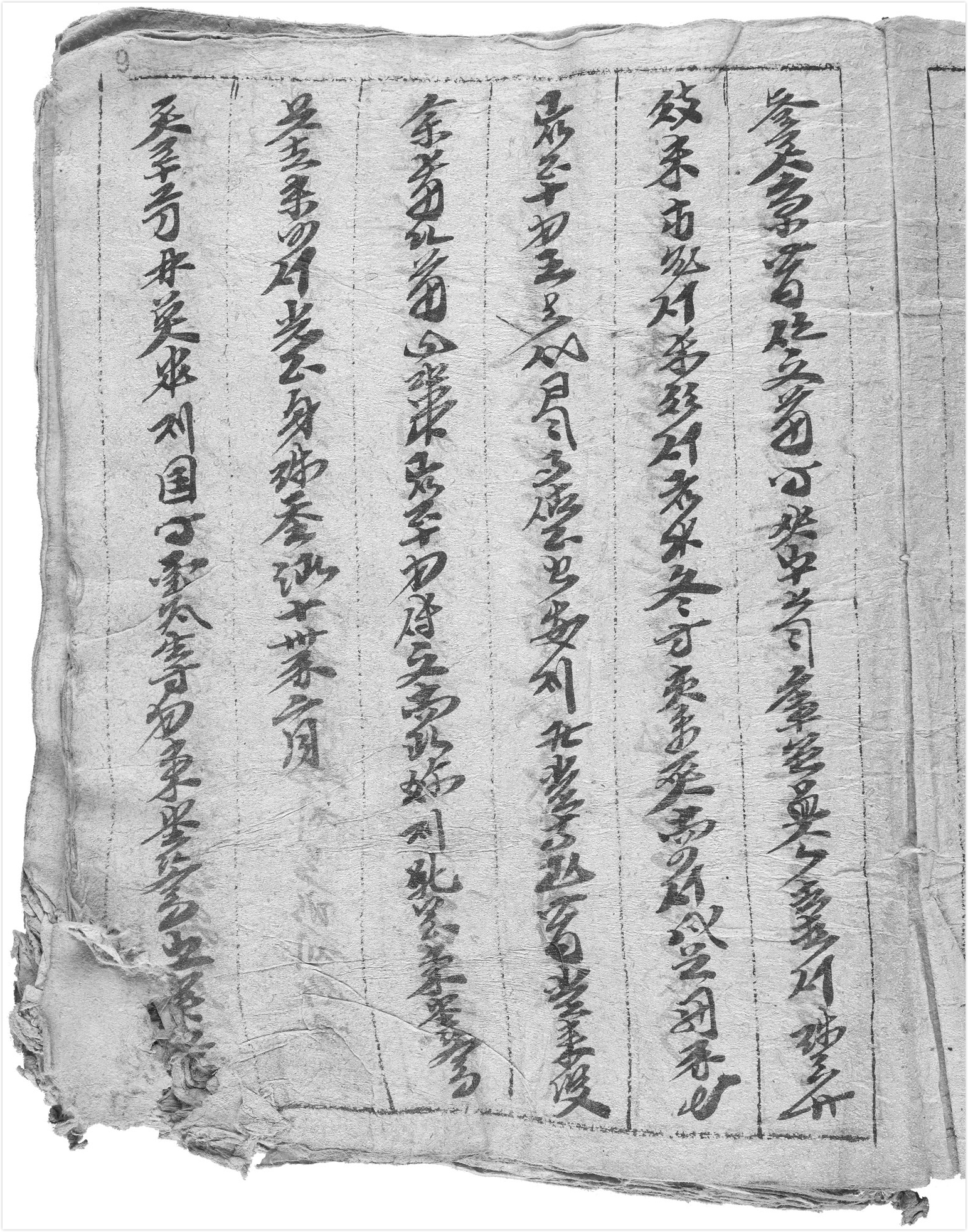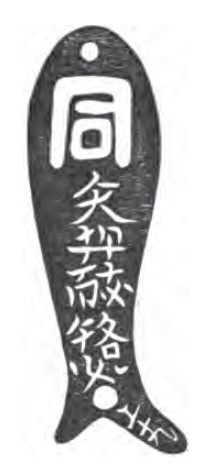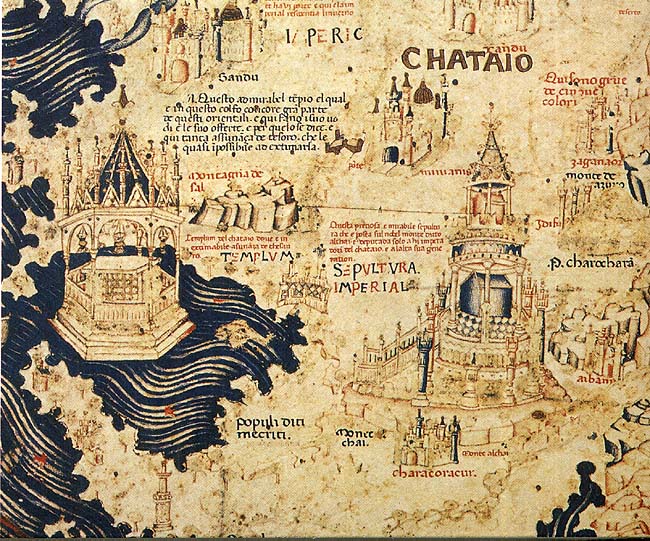|
Khitan (other)
Khitan or Khitai may refer to: *Khitan (circumcision), the Islamic circumcision rite *Khitan people, an ancient nomadic people located in Mongolia and northern China * Liao dynasty (916–1125), a dynasty of China ruled by the Khitan Yelü clan **Northern Liao (1122–1123), a regime in northern China **Qara Khitai (1124–1218), alternatively called the "Western Liao", successor to the Liao dynasty in northwestern China and Central Asia **Eastern Liao (1213–1269), a regime in northeastern China **Later Liao (1216–1219), a regime in northeastern China *Khitan language, a now-extinct language once spoken by the Khitan people *Khitan scripts (other), writing systems of the Khitan people, for the now-extinct Khitan language **Khitan large script, a logographic writing system **Khitan small script, a semi-syllabic and logographic writing system *Cathay Cathay ( ) is a historical name for China that was used in Europe. During the early modern period, the term ''Cathay'' ... [...More Info...] [...Related Items...] OR: [Wikipedia] [Google] [Baidu] |
Khitan (circumcision)
''Khitan'' () or ''Khatna'' () is the Arabic term for circumcision, and the Glossary of Islam, Islamic term for the practice of religious male circumcision in Islamic culture. Male circumcision is widespread in the Muslim world, and accepted as an established practice by all Fiqh, Islamic schools of jurisprudence.; It is considered a sign of belonging to the wider Ummah, Muslim community (''Ummah''). Islamic male circumcision is analogous but not identical to Brit milah, Jewish male circumcision. Muslims are currently the largest single religious group in which the practice is widespread, although circumcision is not mentioned in the Quran itself but is mentioned in the Hadith, ''ḥadīth'' literature and ''sunnah'' (accounts of the sayings and living habits attributed to the Islamic prophet Muhammad during his lifetime). Accordingly, in Islam in Iran, Iran, Islam in South Asia, South Asia, Islam in Central Asia, Central Asia, Islam in Russia, Russia, Islam in Turkey, Turkey, ... [...More Info...] [...Related Items...] OR: [Wikipedia] [Google] [Baidu] |
Khitan People
The Khitan people (Khitan small script: ; ) were a historical Eurasian nomads, nomadic people from Northeast Asia who, from the 4th century, inhabited an area corresponding to parts of modern Mongolia, Northeast China and the Russian Far East. As a people descended from the proto-Mongols through the Xianbei, Khitans spoke the now-extinct Khitan language, a Para-Mongolic languages, Para-Mongolic language related to the Mongolic languages. The Khitan people founded and led the Liao dynasty (916–1125), which dominated a vast area of Siberia, Mongolia and Northern China. The Khitans of the Liao dynasty used two independent writing systems for their language: Khitan small script and Khitan large script. After the fall of the Liao dynasty in 1125 following the Jin dynasty (1115–1234)#Rise of the Jin and fall of the Liao, Jurchen invasion, many Khitans followed Yelü Dashi's group westward to establish the Qara Khitai or Western Liao dynasty, in Central Asia, which lasted nearly a ... [...More Info...] [...Related Items...] OR: [Wikipedia] [Google] [Baidu] |
Northern Liao
The Northern Liao (), officially the Great Liao (), was a dynastic regime of China, distinct from the Liao dynasty, established by the Khitan Yelü clan in northern China. The state only existed for a short period of time between 1122 and 1123. History During the reign of Emperor Tianzuo of Liao, the Jurchen chieftain Wanyan Aguda rebelled against the rule of the Liao dynasty. In 1115, the Jin dynasty was officially proclaimed with Wanyan Aguda as its first emperor. In 1122, Emperor Tianzuo fled to Jiashan (north of modern-day Tumed Left Banner, Inner Mongolia) under the military pressure from the Jin dynasty. Subsequently, Yelü Chun was enthroned as "Emperor Tianxi" () by Yelü Dashi and Huilibao.Liao Shi, vol. 80 The Emperor Tianzuo, on the other hand, was demoted to a prince and given the title "Prince of Xiangyin" by the Northern Liao court. As the Liao dynasty ruled by Emperor Tianzuo still existed, the regime headed by Emperor Tianxi is known in retrospect as "No ... [...More Info...] [...Related Items...] OR: [Wikipedia] [Google] [Baidu] |
Qara Khitai
The Qara Khitai, or Kara Khitai ( zh, t=喀喇契丹, s=哈剌契丹, p=Kālā Qìdān or zh, c=黑契丹, p=Hēi Qìdān, l=Black Khitan, links=no), also known as the Western Liao ( zh, t=西遼, p=Xī Liáo, links=no), officially the Great Liao ( zh, t=大遼, p=Dà Liáo, links=no), was a dynastic regime based in Central Asia ruled by the Yelü clan of the Khitan people. Being a rump state of the Khitan-led Liao dynasty, Western Liao was culturally Sinicized to a large extent, especially among the elites consisting of Liao refugees. The dynasty was founded by Yelü Dashi (Emperor Dezong), who led the remnants of the Liao dynasty from Manchuria to Central Asia after fleeing from the Jurchen-led Jin dynasty conquest of northern China. The empire was usurped by the Naimans under Kuchlug in 1211; traditional Chinese, Persian, and Arab sources consider the usurpation to be the end of the dynasty, even though the empire would not fall until the Mongol conquest in 1218. So ... [...More Info...] [...Related Items...] OR: [Wikipedia] [Google] [Baidu] |
Eastern Liao
Eastern Liao () was a 13th-century kingdom in what is now Northeast China, established by the Khitan Yelü clan in an attempt to resurrect the Liao dynasty. Its capital was situated in modern-day Kaiyuan, Liaoning. Establishment Yelü Liuge, a descendant of the Liao dynasty imperial clan, rebelled against the rule of the Jurchen-led Jin dynasty in 1212. Within several months, Yelü Liuge was able to build up a sizeable following. The Jin emperor Xuanzong appointed Wanyan Husha and Puxian Wannu to crush the rebellion, but Yelü Liuge subsequently defeated the Jin forces in modern Changtu, Liaoning with Mongol support. In 1213, Yelü Liuge proclaimed himself king, adopted the dynastic name of "Liao" () and era name of "Yuantong" (). To distinguish this regime from other similarly named realms in Chinese history, historians refer to this kingdom in retrospect as "Eastern Liao" (). In 1214, the Jin dynasty once again attacked Eastern Liao under the command of Puxian Wannu. ... [...More Info...] [...Related Items...] OR: [Wikipedia] [Google] [Baidu] |
Later Liao
Later Liao () was a short-lived dynastic regime in Northeast China that existed between 1216 and 1219. It was ruled by the House of Yelü and was the last regime that sought to revive the Liao dynasty in China (the Eastern Liao had by this time become a vassal of the Mongol Empire). History In 1213, Yelü Liuge proclaimed the Eastern Liao after rebelling against the Jin dynasty. His pro-Mongol policy caused a split within the Eastern Liao court, eventually resulting in Yelü Sibu (the younger brother of Yelü Liuge) declaring himself emperor of an independent regime with the official dynastic title "Liao" (), known in retrospect as "Later Liao" (). Not long after proclaiming himself emperor, Yelü Sibu was killed. The premier Yelü Qinu was made regent. After suffering military defeat by the Jin dynasty, Yelü Qinu escaped and was subsequently killed by Yelü Jinshan. Yelü Jinshan ascended to the Later Liao throne in Goryeo. In 1217, Goryeo forces defeated Yelü Jinshan and f ... [...More Info...] [...Related Items...] OR: [Wikipedia] [Google] [Baidu] |
Khitan Language
Khitan or Kitan ( in large Khitan script, large script or in small Khitan script, small, ''Khitai''; , ''Qìdānyǔ''), also known as Liao, is an extinct language once spoken in Northeast Asia by the Khitan people (4th to 13th century CE). It was the official language of the Liao dynasty, Liao Empire (907–1125) and the Qara Khitai (1124–1218). Owing to a narrow corpus of known words and a partially undeciphered script, the language has yet to be completely reconstructed. Classification Khitan appears to have been related to the Mongolic languages; Juha Janhunen states: "Today, however, the conception is gaining support that Khitan was a language in some respects radically different from the historically known Mongolic languages. If this view proves to be correct, Khitan is, indeed, best classified as a Para-Mongolic languages, Para-Mongolic language." Alexander Vovin (2017) argues that Khitan has several Koreanic languages, Koreanic loanwords. Since both the Korean Goryeo dy ... [...More Info...] [...Related Items...] OR: [Wikipedia] [Google] [Baidu] |
Khitan Scripts (other)
Khitan scripts may refer to one of two mutually exclusive scripts used by the Khitan people The Khitan people (Khitan small script: ; ) were a historical Eurasian nomads, nomadic people from Northeast Asia who, from the 4th century, inhabited an area corresponding to parts of modern Mongolia, Northeast China and the Russian Far East. ... during the 10th–12th centuries: * Khitan small script, invented in about 924 or 925 CE by a scholar named Diela * Khitan large script, introduced in 920 CE by Abaoji, founder of the Liao Dynasty See also * Khitan (other) * List of Khitan inscriptions {{disambiguation Undeciphered writing systems ... [...More Info...] [...Related Items...] OR: [Wikipedia] [Google] [Baidu] |
Khitan Large Script
The Khitan large script () was one of two writing systems used for the now-extinct Khitan language (the other was the Khitan small script). It was used during the 10th–12th centuries by the Khitan people, who had created the Liao Empire in north-eastern China. In addition to the large script, the Khitans simultaneously also used a functionally independent writing system known as the Khitan small script. Both Khitan scripts continued to be in use to some extent by the Jurchens for several decades after the fall of the Liao dynasty, until the Jurchens fully switched to a script of their own. Examples of the scripts appeared most often on epitaphs and monuments, although other fragments sometimes surface. History Abaoji of the Yelü clan, founder of the Khitan, or Liao, dynasty, introduced the original Khitan script in 920 CE. The "large script", or "big characters" (), as it was referred to in some Chinese sources, was established to keep the record of the new Khitan state ... [...More Info...] [...Related Items...] OR: [Wikipedia] [Google] [Baidu] |
Khitan Small Script
The Khitan small script () was one of two writing systems used for the now-extinct Khitan language. It was used during the 10th–12th century by the Khitan people, who had created the Liao Empire in present-day northeastern China. In addition to the small script, the Khitans simultaneously also used a functionally independent writing system known as the Khitan large script. Both Khitan scripts continued to be in use to some extent by the Jurchens for several decades after the fall of the Liao dynasty, until the Jurchens fully switched to a script of their own. Examples of the scripts appeared most often on epitaphs and monuments, although other fragments sometimes surface. History The Khitan small script was invented in about 924 or 925 CE by a scholar named Yelü Diela. He drew his inspiration from "the Uyghur language and script", which he was shown by a visiting Uyghur ambassador at the Khitan court. For this reason, Khitan small script was originally thought to be a daughter ... [...More Info...] [...Related Items...] OR: [Wikipedia] [Google] [Baidu] |
Cathay
Cathay ( ) is a historical name for China that was used in Europe. During the early modern period, the term ''Cathay'' initially evolved as a term referring to what is now Northern China, completely separate and distinct from ''China'', which was a reference to southern China. As knowledge of East Asia increased, Cathay came to be seen as the same polity as China as a whole. The term ''Cathay'' became a poetic name for China. The name ''Cathay'' originates from the term '' Khitan'' ( zh, c=契丹, p=Qìdān), a para-Mongolic nomadic people who ruled the Liao dynasty in northern China from 916 to 1125, and who later migrated west after they were overthrown by the Jin dynasty to form the Qara Khitai (Western Liao dynasty) for another century thereafter. Originally, this name was the name applied by Central and Western Asians and Europeans to northern China; the name was also used in Marco Polo's book on his travels in Yuan dynasty China (he referred to southern China as '' Mang ... [...More Info...] [...Related Items...] OR: [Wikipedia] [Google] [Baidu] |





